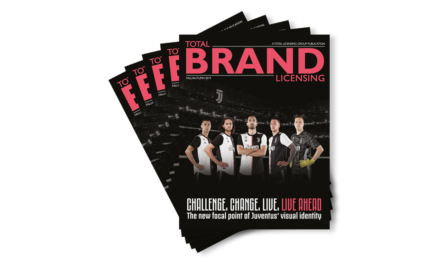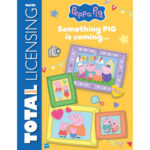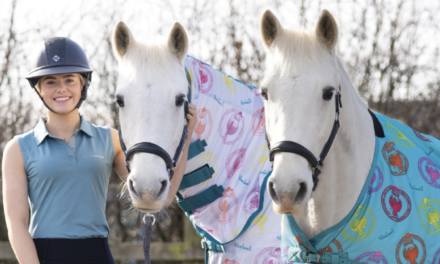
Read today: Museum & Heritage
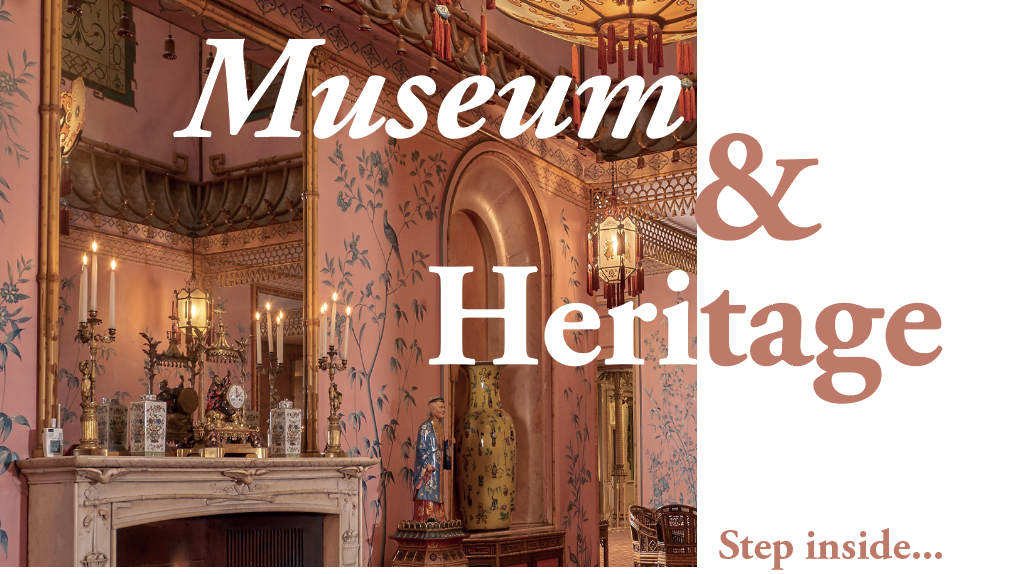
From what was once a niche sector of the licensing industry, the Museum and Heritage side of the business is growing faster than you can say Shakespeare, Biltmore and Brighton. Exploring the explosive growth of the businesses that carefully curate and exploit some of the world’s most treasured institutions, these following pages are bursting with creativity, beauty and the potential that these can bring.
In April 2024, the world-renowned Royal Shakespeare Company named Brandgenuity exclusive global licensing agency.
For more than 60 years, the RSC has crafted inspiring theatre from Shakespeare’s storied home in Stratford-upon-Avon and has shared this work around the world. Its mission is to preserve and evolve William Shakespeare’s legacy, along with other classical and modern theatre. RSC is considered a major global centre of excellence for theatre crafts, where the world’s leading creative minds construct costumes, sets and props in the service of theatre’s greatest works. The organisation uses innovative approaches and technology to reach both current fans and new audiences. It is truly Shakespeare for Everyone, from the characters and words to the costumes and worlds.
Teri Niadna, Managing Director, Brandgenuity Europe said, “We are honoured to work on this beloved brand that is the worldwide authority and global keeper of William Shakespeare’s legacy. As we build the Royal Shakespeare Company licensing program, we will craft beautiful, evocative products that draw from William Shakespeare’s immortal words and the RSC’s unique interpretations of his plays, characters and themes.”
Brandgenuity plans to extend the RSC to categories including Fashion & Accessories, Lifestyle Collaborations, Home & Textiles, Beauty & Grooming, Gifting, and Collectibles & Stationery. Licensees will enjoy access to the RSC’s deep expertise, an exciting new style guide, and rich archive of costumes, props and fascinating historical documents.
The RSC is an evergreen institution and has a remarkable archive that is truly incomparable. In addition to a treasure trove of costumes, props and fascinating historical documents, there will be a new inspiration guide that will be immediately usable for licensees to draw from. Brandgenuity worked alongside Royal Shakespeare Company and Skew who created the guide. The Skew team visited Stratford-upon-Avon as part of their immersion process, to ensure that the direction created for licensees was inspired and truly authentic to the iconic history of Shakespeare.
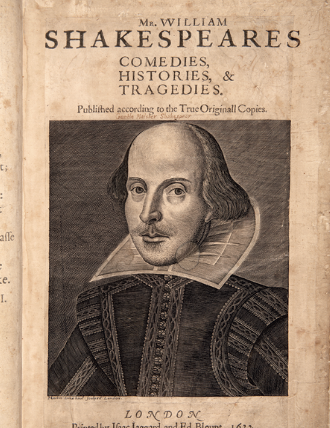
The Royal Pavilion at Brighton has launched into Licensing.
King George IV’s spectacular fantasy palace by the sea and the essence of Regency splendour is now available as a licensing property to inspire and delight.
This famous Brighton landmark, characterised by its domes and minarets inspired by Indian architecture, and its bold and colourful interiors was dedicated to George’s lavish lifestyle and passion for fashion, the arts, architecture and good living in Regency times.
Originally a simple house rented by George, Prince of Wales, for his visits to Brighton in 1783, it became a playground of extravagance as it was gradually transformed into a dazzling party palace. Every facet of the Pavilion embodied grace, luxury and regal splendour, leaving George moved to tears of delight.
George’s personality, cultured and luxurious lifestyle set the tone for the Regency era that continues to capture hearts and fascinate us today through popular media like Netflix’s “Bridgerton” (watched by 63 million viewers) and Jane Austen’s “Sanditon”, enjoyed by 5.3 million viewers in the UK alone. This resurgence of interest has sparked a renewed fascination with Regency fashion, decor, and lifestyle, with Chinoiserie style experiencing a notable resurgence in popularity.
The Royal Pavilion announces that the spectacular designs, which once moved a King to tears, are now available for licensing. An enchanting lookbook of curated designs, enriched with vibrant history and sumptuous wallpapers, will inspire a range of exquisite products across home decor, homeware, stationery, and gifts, delighting Regency fans.
Charlie McKenzie, Head of Income Development at The Royal Pavilion, expresses excitement about sharing the palace’s legacy with the world through licensing partnerships. “We are thrilled to offer the colour, luxury, and joy of The Royal Pavilion to the licensing world,” McKenzie remarks. “Crafted by the finest artisans of the era, these glorious designs and royal visions are perfect for a variety of products, including gifts, textiles, stationery, and home decor.”
As The Royal Pavilion at Brighton, a registered charity, opens its doors to licensing partnerships, it not only celebrates its right heritage but ensures sustains its mission of preserving our unique cultural heritage for the enjoyment future generations.
LMCA announces the addition of the iconic Biltmore, George Vanderbilt’s estate in Asheville, N.C., to its client roster. With a reputation for innovative licensing expansions that elevate brand heritage while attracting new audiences, LMCA will build on Biltmore’s history of gracious living, sustainability and eclectic self-expression.

Guided by LMCA, the new licensing program will take inspiration from the unparalleled Vanderbilt collections and reimagine them for today’s modern consumer. With themes that play on the Vanderbilt’s affinity for nature, exploration, and entertaining, the categories will include kitchen, home decor, food & beverage, travel, fragrance, and furniture. At its core, consumers will find the commitment to craftsmanship long associated with Biltmore, and discover opportunities to take a part of Biltmore’s legacy back to their own homes.
Biltmore is equally enthusiastic about the partnership. In a statement, Donnette Miller, Licensing Director at The Biltmore Company, said, ‘’We selected LMCA as our licensing agency because of their unparalleled expertise, strategic vision, and impressive track record in the industry. Our collaboration with LMCA will allow us to deepen the Biltmore experience with existing enthusiasts and introduce the brand to a wider audience.’’
Laura Ashley, recent winner of three B&LLA awards including ‘Best licensed design-led lifestyle brand’, will be relaunching its fashion range, available at NEXT.
Laura Ashley’s iconic floral heritage prints will be a prominent feature throughout the collection. Evolving the classic big prairie dresses and high necks in traditional Laura Ashley styles while still appealing to the growing consumer demand for vintage fashion.
The partnership between Laura Ashley and NEXT was facilitated by IMG, Laura Ashley’s licensing representative for fashion in the UK, Europe, Australia, New Zealand & Asia.
Carolyn D’Angelo, Senior Managing Director, Gordon Brothers Brands and President of Laura Ashley Global says: “Fashion has always been a key pillar for the Laura Ashley brand, so it’s a huge moment for the business that we’re introducing this new collection.
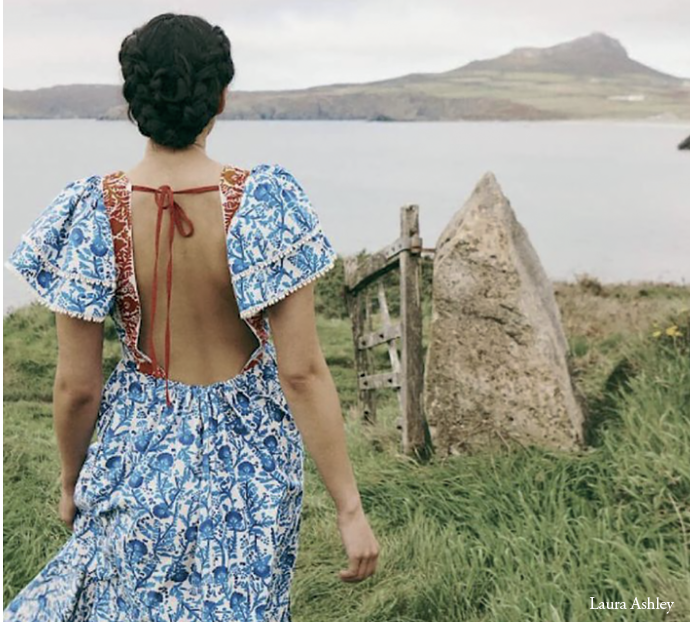
“The range will cement our position as a leading global lifestyle brand and help us reach new customers across the UK.”
To celebrate 200 years of the National Gallery, The Royal Mint and the National Gallery have launched a commemorative £2 coin. Designed by Edwina Ellis, designer, engraver and printmaker for The Royal Mint, the coin portrays the iconic National Gallery building in Trafalgar Square, London. The Gallery has also joined forces with Dr. Martens , with a new release featuring Harmen Steenwyck the latest addition to the line-up of Dr Martens artist-led collaborations.
Pop art creators Art & Hue visit the Ashmolean Museum, Oxford for a new collection of stylish pop art prints inspired by Britain’s, & possibly the world’s, first public museum and first university museum.
With six new prints celebrating the iconic building’s architecture & exhibition spaces, the pop art is available in three sizes & 12 colours closely matched to The Treasured Collection of paints by Graphenstone inspired by the Ashmolean’s exhibits.
Opened 340 years ago on the 24th of May 1683, the Museum’s grade I listed façade was designed in 1845 by architect Charles Cockerell, and the contemporary interior was redeveloped in 2009 by Rick Mather.
The collection includes three prints of the exterior, celebrating Cockerell’s classical frontage, and three prints of the Museum’s interiors, capturing the spirit of a promenade through its galleries.
The Ashmolean pop art prints are available in three sizes & 12 colours to choose from so you can curate your own personalised art collection and bring a small piece of the distinguished Museum into your home.
Exclusively by Art & Hue, all pop art is printed to order on museum-quality archival card of 310gsm, made from 100% ethically-sourced cotton, with fine-art pigment inks for longevity.
The Museum of Fine Arts, Boston (MFA), has partnered with pioneering Boston-based sneaker and apparel company Endstate on a collection that merges fashion with technology to celebrate a major exhibition opening at the Museum this spring. Making its U.S. debut in March, Hallyu! The Korean Wave explores the rise of South Korea as a cultural superpower and the worldwide impact of its transformative contributions to cinema, drama, music, fashion, beauty and technology. Dropping on February 28, the NFC-chipped Endstate items connect customers to unique perks that include VIP and early entrance to two MFA Late Nites—signature after-hours events at the Museum—taking place in celebration of the exhibition, along with exclusive behind-the-scenes access to curatorial content.
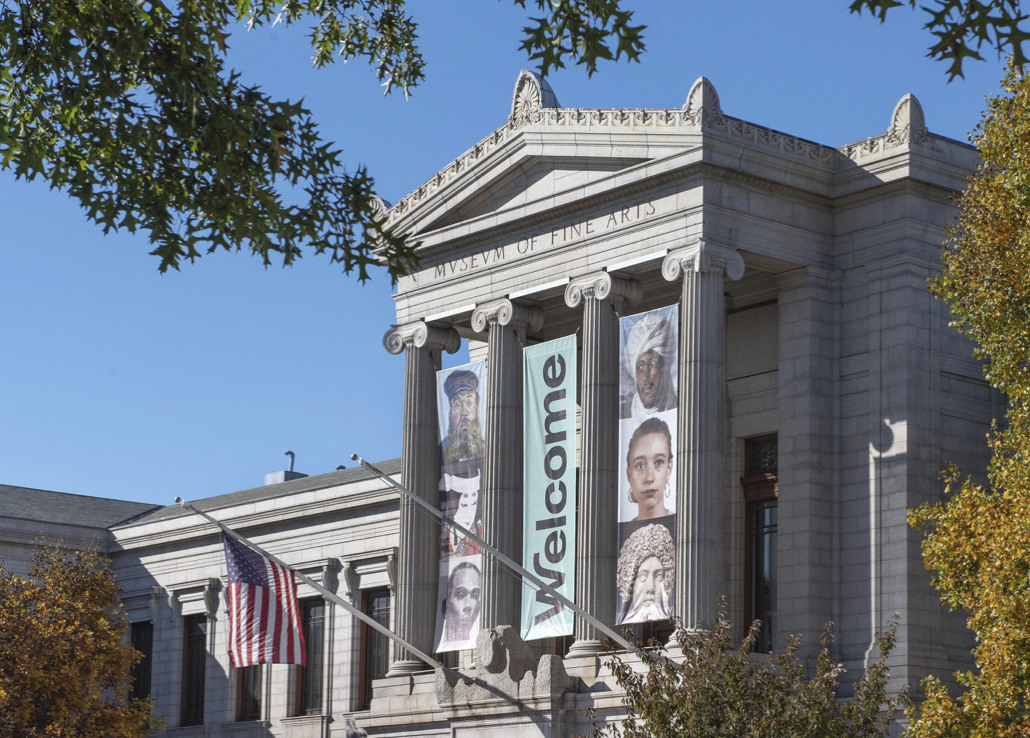
As part of the Shakespeare Birthplace Trust’s celebrations to mark the 400th anniversary of the publication of Shakespeare’s First Folio, it has partnered with the award-winning children’s publisher, Walker Books, to produce a new folio for children to ensure Shakespeare’s legacy is preserved for future generations.
Shakespeare’s First Folio: All the Plays: A Children’s Edition is aimed at children aged 7 to 14 and features edited versions of all 36 plays in the First Folio.
The book has been lavishly illustrated by Emily Sutton, described by The Times as “one of our greatest children’s illustrators.” Emily meticulously researched each play and was inspired by the Shakespeare Birthplace Trust’s extensive collection, which includes weapons, domestic objects, textiles, and early printed books.
Published in April, the first 10,000 copies will be distributed to 6,000 primary schools and 3,000 libraries across the UK for free by the SBT, along with a suite of free online teaching resources.
The Metropolitan Museum of Art’s licensing program is managed by Beanstalk. One of the most important cultural institutions in the world, representing 5,000 years of art from around the world and attracting tens of millions of visitors, The Met has always aspired to be more than a treasury of rare and beautiful objects. Every day, art comes alive in the Museum’s galleries and exhibitions, revealing unexpected connections across time and across cultures. With 40+ licensees around the world – from luxury furniture and home decor (Eichholtz, Scalamandre, Ann Gish) to fashion apparel and accessories (Pacsun, Dr. Martens, Todd Snyder, Timex, Casely) – The Met licensing program has seen exponential growth since its inception in 2021. Achieving best-in-class retail placement from Harrods and Bloomingdales to Pacsun and Perigold, sales have surpassed expectations and garnered coverage in the most prestigious commercial and trade publications. It’s also generated more than 1.5 billion social media impressions.
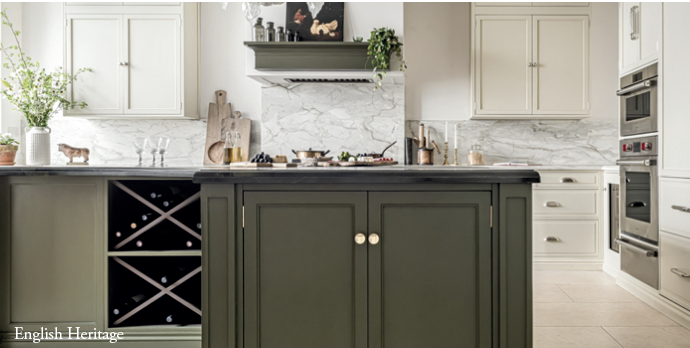
In a collaboration brokered by Golden Goose, The White Kitchen Company has created a range of kitchen cabinetry shaped by the rich history and craftsmanship of English Heritage sites such as Apsley House, Down House and Brodsworth Hall.
Inspiration from The Duke of Wellington’s campaign furniture to panelling on a window shutter and cornicing in a maid’s long-forgotten wardrobe provided valuable glimpses into history. Crafted with a blend of style and functionality, the English Heritage Collection embodies classic simplicity, with delicate touches to elevate its design style.
Dulux has revealed an artistic campaign that sees 12 iconic books become the inspiration for unique paint colors. Titled ‘Heritage Editions,’ the range draws inspiration from the likes of Frankenstein, Moby Dick, Little Women and War of the Worlds.
Created by ad agency Ogilvy, the covers were created by hand to demonstrate the application of paint. Each book has also been physically curated and the spines act as paint swatches.
“Nothing is more rewarding than when a great idea meets a great team of people. Every Dulux Heritage color has rich story to tell that evokes a feeling and by pairing 12 classic colors with 12 classic books, the feelings they evoke are deliciously heightened,” said Marianne Shillingford, creative director at Dulux UK and Ireland.
“This has been one of the very best truly collaborative and enjoyable projects I have ever worked on as creative director of Dulux and best of all it gave me the opportunity to put my painting skills to the test in executing each of the inspired book cover designs Ogilvy captured so perfectly.”
The campaign will run in the UK, across out-of-home, social media and influencer partnerships.
The Frank Lloyd Wright Foundation has partnered with Surya to marry Wright’s timeless architectural genius with Surya’s mastery of textile craftsmanship in two exciting new handmade rug collections. Recognized for his revolutionary architectural designs that seamlessly blend form with function, Wright’s creative ability extended far beyond the border of architecture to murals, furniture, art glass, textiles, and decorative elements to create a complete work of art inside and outside of a building. Wright appreciated that rugs allowed for continuation of his design onto an additional surface in a space.
The partnership was brokered by the Frank Lloyd Wright Foundation’s licensing agency, Jewel Branding & Licensing.
Cathy Snow, Licensing Manager, RHS, and Total Brand Licensing sat down for a conversation on the latest news.
Total Brand: Can you tell us some of the recent exciting news from the RHS? And are there any new areas/categories you are exploring?
Cathy Snow, Licensing Manager, RHS: We’ve had a cracking start to the year, with several new licenses signed and announced – across our core gardening categories of course, but in a number of others too. They include an exciting new collaboration with Radley London, an industry-leading name in expertly made leather handbags and accessories, that will bring beautiful horticulture-inspired designs to a new collection that launched, appropriately enough, in the spring. The Bloom Collection, a range of beautiful doormats and runners from Atlantic Mats, also uses designs inspired by the RHS Lindley Collections, the world’s finest collection of botanical art. There’s also been a tasty RHS confectionery collection of fine chocolates, sweets and biscuits from The House of Sarunds. And we’re thrilled with the wooden habitat home collection for a variety of garden wildlife from The Wildlife and Birdcare Nature Recovery Project (WBC).
We should also mention new collaborations with established partners, notably our third superb RHS fabric collection with Sofas & Stuff and the RHS Four Seasons Swing Seat with garden furniture maker Sitting Spiritually.
We have several more deals in the pipeline that will be announced this spring and summer. After great work building new relationships during 2023, 2024 is turning into a really strong year for the RHS.
What makes the RHS an attractive brand partner?
This is our 220th year, so we’re pretty well known, but, importantly, as an organisation we’re more relevant than ever. Our worldwide appeal, the pull of our fantastic flower shows, especially the RHS Chelsea Flower Show, our huge horticultural knowledge, our historical assets and our focus on education and sustainability keep our offering relevant to everyone who loves nature, gardens and gardening. Our message is clear: if you own a plant, you are a gardener and we’re here on your lifelong adventure with gardening. And that high awareness boosts our licensing offering – along of course with our hard-working licensing team and the impressive support we offer our licensees!
I imagine you have to be rather selective and maintain the brand’s ethos when looking to choose partners, but are there any more ‘out there’ ideas you are exploring now?
We’re always reviewing existing and pipeline licensing deals to make sure they are in tune with our work and the direction in which we’re heading. For example, sustainability – all the way from manufacturing to delivery – is becoming ever more important for the RHS, as you would expect. Synergy is also crucial. If a licensee understands the RHS, then we’ll get the best-fitting product possible.
Where licensees have that synergy, we see the most successful and sometimes surprising collaborations – wine, womenswear, confectionery and decoupage papers come to mind – so, yes, we’ve had some recent approaches from a couple of unusual product categories. Watch this space!
What about global visibility – is RHS known around the globe as well?
Yes, the RHS is recognised worldwide. We sell licensed products in Japan, the US, Canada, Australia, New Zealand and throughout Europe. The BBC’s coverage of the RHS Chelsea Show each year is available around the world, which is great for brand awareness. We have plans to significantly expand our international reach over the next few years.
And can you tell us some plans for the rest of the year?
This year has been a really busy one so far for signing new licensees and new product launches from existing licensees. That’s going to continue. We’ve got new product coming from Moorcroft, Sofas and Stuff and UK Greetings. Turner Bianca’s RHS bedding collections have just landed with Dunelm and Next. Dexam is launching two new kitchen textile designs this spring. Woodlodge Products’ new RHS Ecopot – made from recycled ocean plastics – will be available too. Let’s not forget WBC’s new hedgehog houses, bird nest boxes, bird tables and insect hotels, which are also now available. There will be further launches over the next 18 months with our newest licensee Atlantic Mats as well. West Designs, whose high-quality art and craft range for adults and children launched in spring 2024, will expand the range further in the autumn. We’ve also just signed off our second collection of RHS-inspired cotton quilting and sewing fabrics with Riley Blake, all ready for a winter launch.
How do you marry up the various branches (excuse the pun) of the RHS – iconic gardens, flower shows, gardening and scientific research, with your licensing programme?
Our licensing programme takes inspiration from our gardens and flower shows and all products are developed with the help of our science and advisory teams. We also make full use of the Lindley Collections, the world’s finest collection of botanical art, which informs our style guides and, by extension, the products and packaging developed by many of our licensees. As well as gardening centres, stores and gift shops, many products are sold via our retail outlets.
And of course all profits from the licensing programme are then fed back to the RHS – a wonderfully circular programme! A gardening analogy could be appropriate here: the seeds of ideas (product concepts) grow into healthy plants (products), fertilised by royalties to fund the RHS’s work. And that helps all aspects of the RHS to keep on growing.
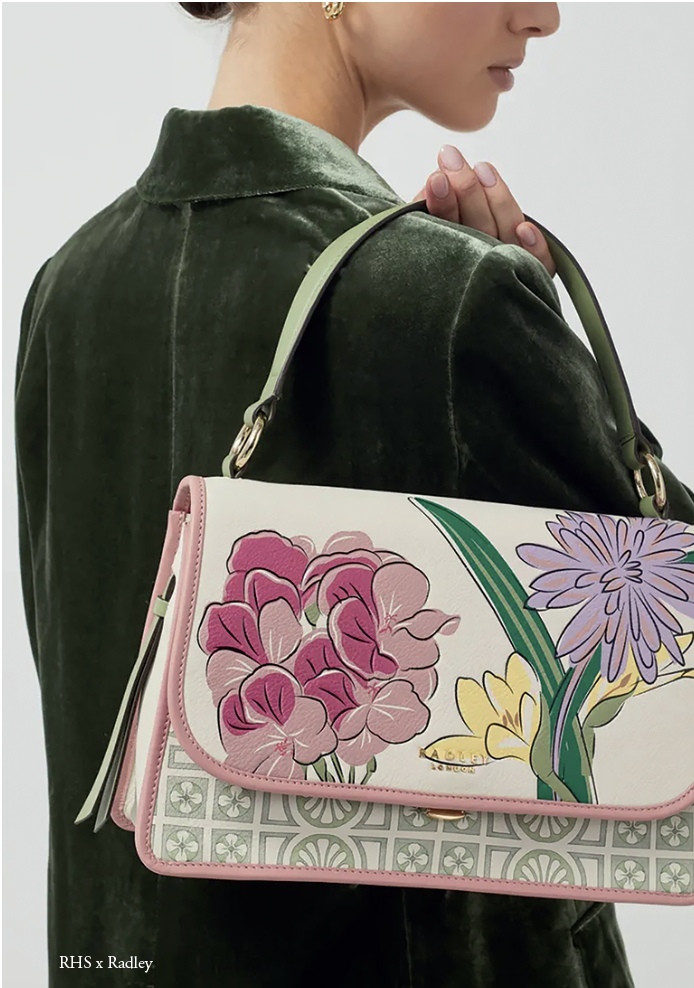
Unlocking the Power of Narrative:
How Storytelling Elevates Museum IP Licensing
Leveraging the inherent narratives within museum collections to create engaging,
impactful licensed products, by Daniel Yizan He, Founder and CEO of
ARTiSTORY
The world of IP licensing has long been dominated by the usual suspects – entertainment IP, cartoon IP, and fashion labels. However, a niche licensing category has emerged as a surprising powerhouse in recent years: museum and heritage IP.
Historically, this segment accounted for a mere 2% of the global licensing market share. Yet, in China, the story has taken a remarkable turn. Data from LIMA China reveals that museum and heritage IP now makes up a staggering 18% of the country’s total licensing market as of 2021 – a meteoric rise since 2016. It is worth noting that both Western museums and Chinese museums have jointly contributed to this phenomenal growth in China, with examples including the V&A, the British Museum, the Metropolitan Museum of Art, and China’s Dunhuang and Palace Museum.
What’s behind this unexpected growth?
1. Understanding consumer preferences
Several converging trends have fueled the rapid surge of museum and heritage IP licensing in China. Foremost among them was the country’s rapidly expanding middle class and their growing disposable incomes during the early 2000s. These affluent consumers are increasingly seeking out premium, culturally-relevant products that offer a deeper connection to their identity and cultural interests.
Alongside this shift in consumer preferences, there has been a notable emphasis on storytelling for shopper acquisitions in China’s vibrant online retail scene. Especially younger generations are placing greater value on engaging, immersive shopping experiences. Museum and heritage IPs are in good position allowing brands to tap into this evolving demand.
2. Transforming artifacts to merchandise
Unlike cartoon and entertainment IPs, museums and heritage organizations enjoy a deep well of knowledge, thanks to their pool of conservationists and curatorial teams. This valuable insight on the artifacts that inspire licensed product designs is a significant advantage. The process of “transforming artifacts to merchandise” is an intriguing one by itself, and the licensed products from these programs offer consumers a wonderful opportunity to appreciate art and culture in their daily lives.
3. Keeping up with online trends
On the other hand, with rising costs in customer acquisition, the capability of effectively engaging consumers has become a must-have, especially for consumer brands that rely heavily on online channels.
Licensing firms such as ARTiSTORY and Alfilo Brands have long tapped into the power of narrative and storytelling for museum and heritage IP licensing.
Back in May 2017, the British Museum conducted its first live streaming from the heart of its Great Court and its galleries, giving its Chinese shoppers an up-close and personal look at the inspiration behind the museum’s licensed products. The live streaming session covered 15 licensed products, including fashion, accessory, and travel suitcase, and was broadcast on the taobao.com platform (part of Alibaba). The live stream took place early morning before the museum is open to the public.
As the presenter unveiled the design inspiration of “the Rosetta collection” travel suitcase in front of the Rosetta Stone in the museum, it was a “whoa” moment for the shoppers. As the live streaming continued, the sales of the licensed products shot up instantly.
The unique storytelling session not only grabbed the attention of the Chinese shoppers but also enlightened them with a wonderful shopping experience.
Some other storytelling techniques that have been popular includes behind-the-scene videos showcasing the conservation work at museums, interview with curators, and photography and filming in the museums. Another simple but equally effective way of storytelling can be simple as a short write-up of the product’s design inspiration with reference to the museum collection.
Extending the Storytelling Success to the Global Market
Can the storytelling success in China be extended to the global market? Absolutely. At ARTiSTORY, we encourage cultural organizations and brands to actively leverage storytelling to engage consumers and create meaningful connections.
As evident in the examples mentioned earlier, the inherent narrative and storytelling nature of museums and cultural organizations offer brands a perfect solution to connect with consumers on a deeper, more meaningful level. These historical and cultural assets provide a level of authenticity and credibility that can be difficult to achieve through traditional IP efforts. By tapping into the emotional resonance and educational value of museum and heritage IP, brands can develop products and experiences that resonate strongly with their target audience, which helps build strong brand loyalty and engagement.
Leveraging Cultural Narratives for Impactful Engagement
Most of these narrative and storytelling approaches can be achieved at relatively low costs, but they can significantly enhance the effectiveness of the marketing programs of the brands, not just on their social media, but also through influencer marketing.
Picture a smartphone accessory brand presenting its new cases adorned with fairy tale motifs, presented by influencers against the awe-inspiring backdrop of the British Library’s Fantastic Beasts collection, where the inspiration was drawn from the enchanting realms of beloved childhood stories.
Or, imagine a YouTube influencer showcasing a meticulously crafted scale model of the Lockheed SR-71 Blackbird next to the actual aircraft displayed at the Smithsonian’s National Air and Space Museum. Other forms of storytelling offered by museums include interviews with curators, providing fascinating insights into the stories and educational value woven into each product.
By embracing the power of storytelling and the authenticity of museum and heritage IP, brands can unlock a cultural goldmine and connect with consumers on a deeper, more meaningful level — just as their counterparts in China have successfully demonstrated.
With dozens of licensing programs featuring storytelling as a key component under its belt — including recent collaborations with Centre Pompidou, the British Library, and the Cambridge University Museums and Botanic Gardens — ARTiSTORY is poised to lead the global charge in unlocking the cultural and educational potential of museum and heritage IP.





